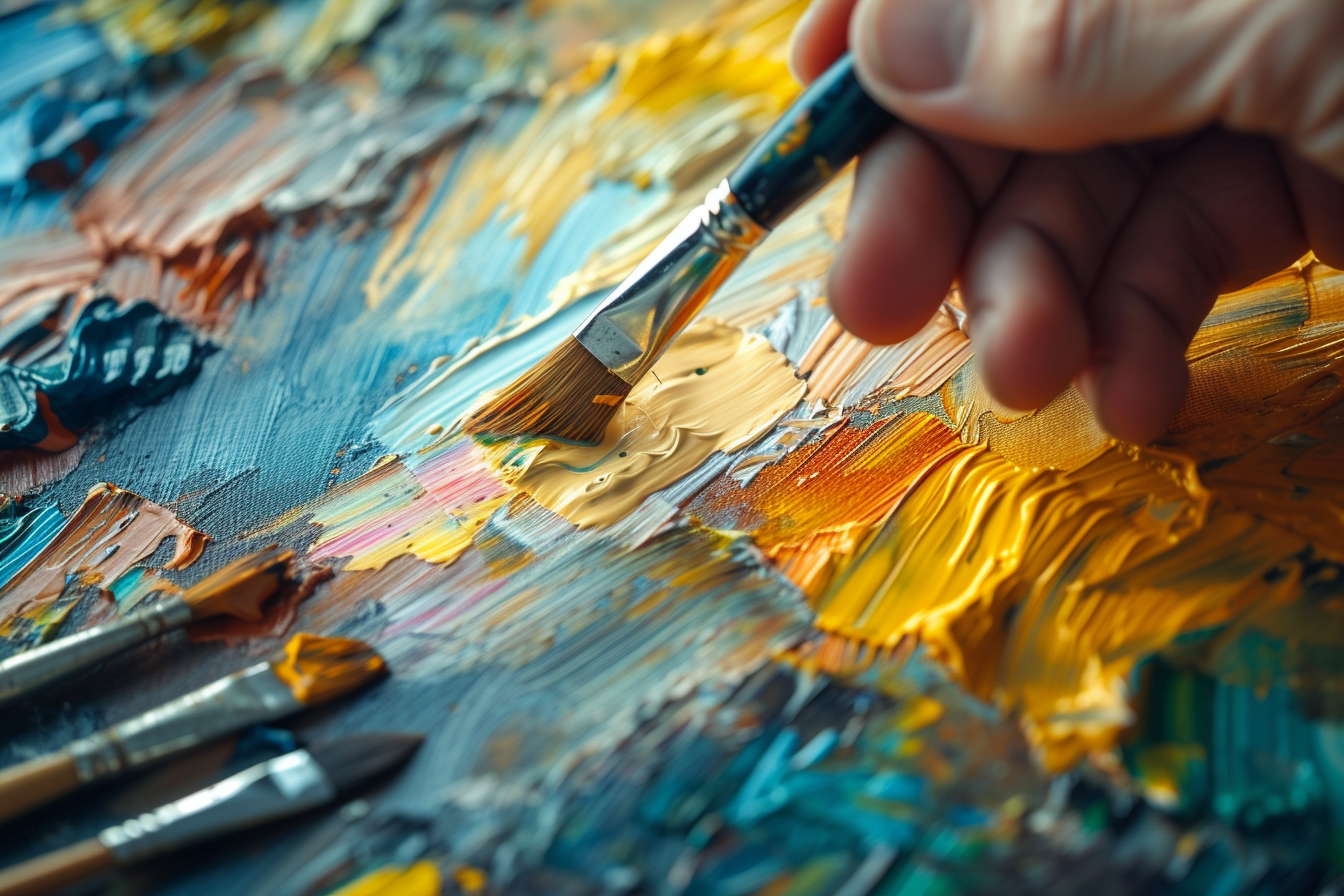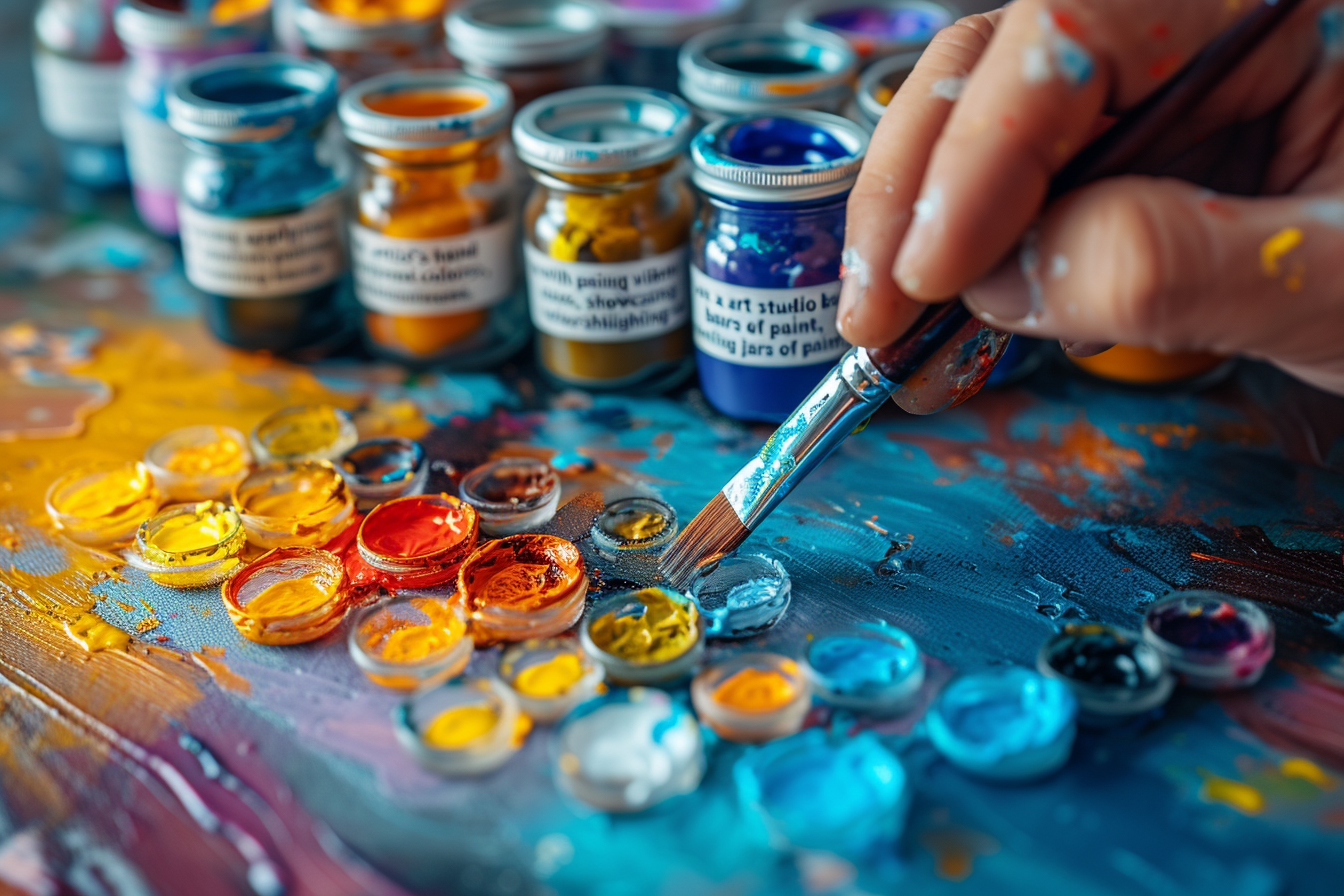Canvas painting is a celebrated medium that allows artists to express their creativity with remarkable versatility. The canvas, a sturdy and long-established surface for painting, has been used for centuries to produce stunning visual art. Mastery in canvas painting involves understanding the various techniques that can be deployed for maximum impact. Let’s unravel the magic behind canvas painting techniques that bring about stunning visual results.
Preparing your canvas
Choosing the canvas
Before delving into the actual painting process, it’s vital to choose the right canvas. Artists have a choice between stretch canvas and canvas boards, each offering different benefits. Stretch canvases are perfect for a traditional look and can be displayed without a frame, while canvas boards provide a firm surface and are easier to store.
priming
Priming your canvas is essential to prevent the oil from paints from seeping through the fabric. Pre-primed canvases are commonly available, but an additional coat of gesso can ensure a smoother surface. This step helps improve the paint’s adhesion to the canvas, creating a base that brings out the true colors of your paint.
Fundamental painting techniques
underpainting
Begin with underpainting, a technique to establish a tonal foundation. It sets the mood and provides a map for subsequent layers. By applying a monochromatic or a limited color wash, artists can create depth and contrast from the outset.
Blocking in
Blocking in is a crucial step to indicate the layout of your composition. This involves painting large patches of color to define the shapes in your artwork without focusing on detail. This approach simplifies the painting process and breaks the intimidating blank canvas into manageable sections.
layering
Building layers is a technique that brings richness to a painting. Through layering, or glazing, you can achieve depth and subtlety in colors, making the final piece more complex and detailed. Each translucent layer modifies the appearance of the ones below, often creating a glowing effect. Patience is key here since it’s essential to allow each layer to dry thoroughly before applying the next.
Dry brushing
For adding textured details to a painting, dry brushing is a favored method. With minimal paint on a dry brush, artists can create fine, scratchy lines that are perfect for depicting elements like grass or fur. The dry paint catches on the texture of the canvas, further enhancing the effect.
sgraffito
Creating unique textures can be accomplished using a technique known as sgraffito. By scraping away a layer of paint before it dries, you reveal the underlayer, adding an intriguing contrast and tactile quality to your piece.
impasto
When a highly textured, three-dimensional appearance is desired, impasto is the painting technique to reach for. Applying paint liberally with a palette knife or a thick brush can produce a bold, expressive effect, giving the painting a sculptural feel.
stippling
Stippling involves using small dots of paint to build up shades and tones. This labor-intensive method can result in a remarkably detailed, almost pointillistic look. Even though it’s time-consuming, stippling can create a rich, textured surface that brings a unique vibrancy to your work.
Advanced painting methods
pouring
In recent times, pouring has emerged as a popular technique for creating abstract canvas art. By pouring fluid acrylics directly onto the canvas, artists achieve organic, flowing patterns. The unpredictability of this method means each piece is one of a kind, making it exceptionally alluring for modern expressions.
Palette knife painting
Aside from its use in impasto, a palette knife is a versatile tool capable of producing a variety of effects. From smooth, flat swaths of color to sharp lines and edges, the palette knife can be employed for both large applications and delicate details.
Mixed-Media approach
Venturing into mixed media opens a world of innovative possibilities. Incorporating materials such as paper, fabric, or found objects into canvas painting can offer another dimension. This approach encourages experimentation and provides new avenues for storytelling in visual art.
Embracing texture and form
Texturizing mediums
Adding texture to a painting can be done through various mediums like modeling paste or texture gel. These mediums can be applied before or during painting, offering artists the ability to sculpt their canvases to dramatic effect.
Using household objects
Unexpected items like sponges, plastic wrap, or cardboard can be powerful tools in creating patterns and textures. By pressing or dragging these items across the canvas, artists can produce a myriad of effects that regular brushes may not achieve.
Crafting atmosphere with color
Color theory
Profound understanding of color theory is essential for compelling canvas art. Comprehending how different colors interact and the emotions they evoke allows artists to craft the desired atmosphere. Whether it’s the serenity of cool blues or the energy of vibrant reds, color plays a pivotal role in the visual impact of a painting.
Optical mixing
Rather than mixing colors on a palette, optical mixing relies on the viewer’s perception to blend colors. Placing small strokes of pure color side by side lets the eye do the mixing, resulting in vibrant and energetic pieces.
Mastering light and shadow

chiaroscuro
The technique of chiaroscuro highlights the strong contrast between light and dark. This method can add a dramatic flair to your work, giving it depth and a sense of three-dimensionality. Manipulating light and shadow in this way can bring characters and scenes to life.
Glazing for light
For a luminous effect, many artists turn to glazing. Thin, transparent layers of paint applied over dried colors can simulate varying light conditions and add a realistic glow to certain areas of the painting.
Continuous learning and experimentation
Advancement in canvas painting requires not only knowledge but also a spirit of experimentation. Exploring new techniques, combining established methods, and adapting to innovative materials are key to achieving stunning visual results. An artist’s journey encompasses a continuous process of learning, practice, and creative exploration.
By embracing the myriad of techniques available, from the foundational to the avant-garde, artists can transform a simple canvas into a breathtaking work of art. The endless potentialities of canvas painting await those willing to delve into this enriching artistic endeavor, ensuring that their visual narratives captivate and inspire.

Leave a Reply